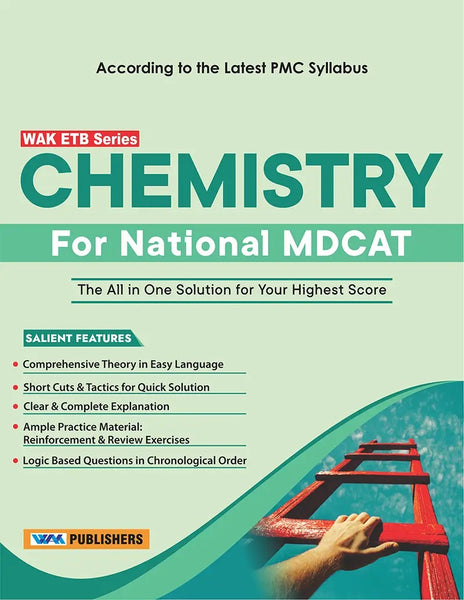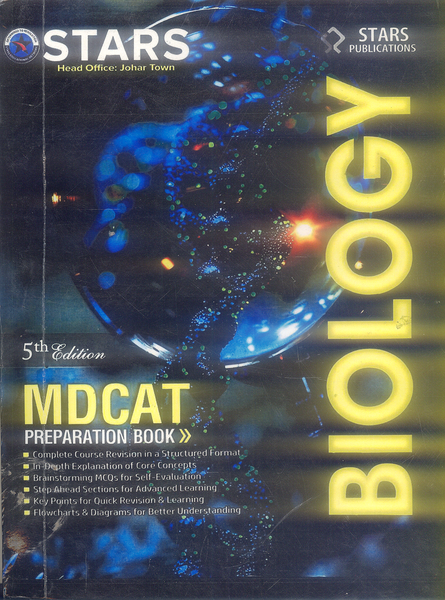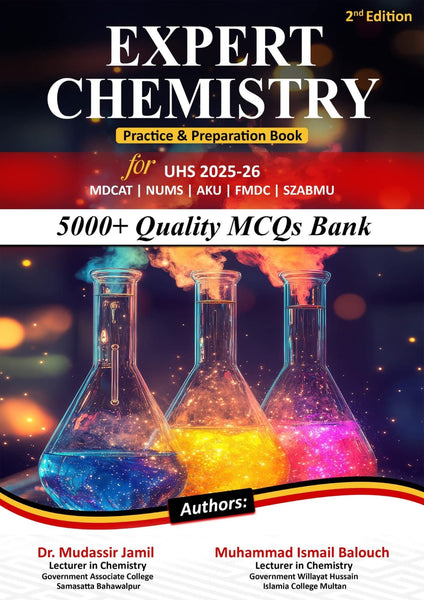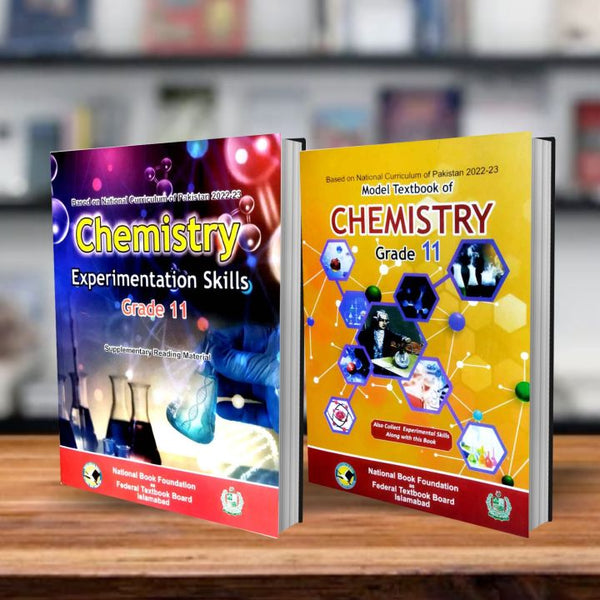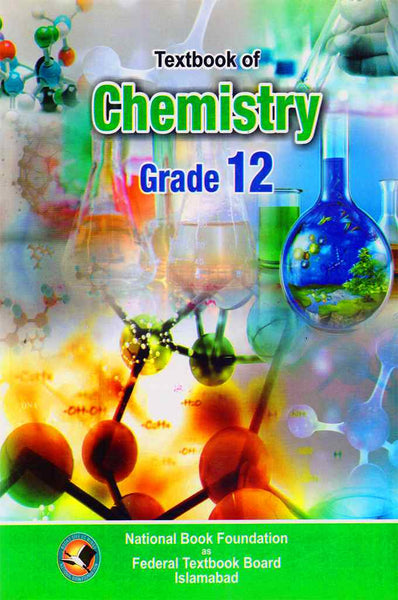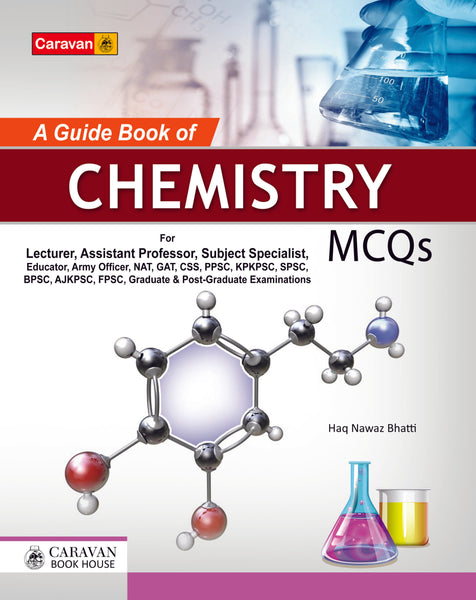Concise Inorganic Chemistry 5th Edition By JD Lee
- Publisher: CHEMISTRY
- Availability: In Stock
- SKU: 35983
- Number of Pages: 1072
Rs.2,190.00
Rs.2,750.00
Tags: Applications , best books , Best Selling Books , Biomolecules , Catalysis , Chemical Bonding , Concepts , Concise Inorganic Chemistry , Coordination Chemistry , Crystal Structures , Descriptive Chemistry , Educators , Electronic Configurations , Elements , Enzymes , Explanations. , Formulas , Future Directions , good books , Industries , JD Lee , Kinetics , Lattice Defects , Learning , Main Group Elements , Metalloproteins , Molecular Geometry , Oxidation States , Periodic Table , Principles , Properties , Reaction Mechanisms , Reactions , Reference , Research , Researchers , Science , Solid State Chemistry , Thermodynamics , Transition Metals , Trends
Concise Inorganic Chemistry (5th Edition)
Author: J.D. Lee
Binding: Paperback
Paper Quality: Black White Paper
Category: Chemistry / Inorganic Chemistry / Science
Recommended For: BSc, BS, MSc Chemistry students, and aspirants of competitive exams like MDCAT, ECAT, GAT, and CSS.
1. Periodic Table The book provides a detailed examination of the periodic table, elucidating the trends in atomic properties, electronic configurations, and chemical reactivity across periods and groups.
2. Chemical Bonding It delves into the principles of chemical bonding, including covalent, ionic, and metallic bonds, offering insights into molecular geometry and hybridization.
3. Coordination Chemistry Coordination chemistry is thoroughly explored, encompassing topics such as ligand field theory, coordination numbers, and isomerism, providing a solid foundation for understanding complex metal complexes.
4. Descriptive Chemistry The book presents a systematic overview of the elements, their properties, and their compounds, facilitating a comprehensive understanding of their behavior and reactivity.
5. Reaction Mechanisms Various reaction mechanisms are elucidated, shedding light on the kinetics and thermodynamics governing chemical transformations in inorganic systems.
6. Solid State Chemistry Solid-state chemistry is discussed in depth, covering crystal structures, lattice defects, and electronic properties of solids, offering insights into their diverse applications.
7. Main Group Elements The properties and reactions of main group elements are explored, highlighting their significance in diverse fields ranging from materials science to environmental chemistry.
8. Transition Metals A detailed examination of transition metals and their compounds is provided, encompassing topics such as oxidation states, coordination geometries, and catalytic properties.
9. Bioinorganic Chemistry The book delves into the role of inorganic elements in biological systems, elucidating their functions in enzymes, metalloproteins, and other biomolecules.
10. Applications and Future Directions Finally, the text discusses the applications of inorganic chemistry in various industries and research fields, as well as emerging trends and future directions in the field, inspiring readers to delve deeper into this dynamic and interdisciplinary discipline.
Concise Inorganic Chemistry by JD Lee serves as an indispensable resource for students, educators, and researchers seeking a comprehensive understanding of the principles and applications of inorganic chemistry. With its clear explanations, illustrative examples, and extensive coverage of key topics, it remains a timeless reference in the field.
════ ⋆★⋆ ════
Writer ✤ JD Lee




